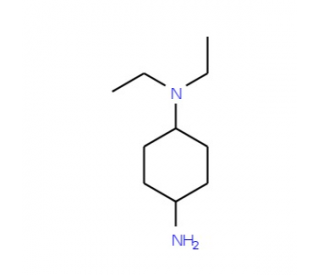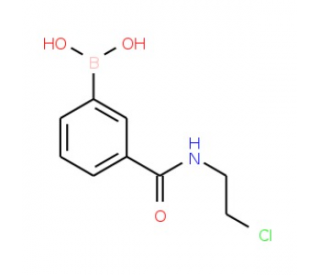详细说明
Species Reactivity
Human
Specificity
Detects human HSP27 when dually phosphorylated at S78/S82.
Source
Monoclonal Rat IgG 2B Clone # 836370
Purification
Protein A or G purified from cell culture supernatant
Immunogen
Phosphopeptide containing human HSP27 S78/S82 sites
Accession # P04792Formulation
Lyophilized from a 0.2 μm filtered solution in PBS with Trehalose. *Small pack size (SP) is supplied as a 0.2 µm filtered solution in PBS.
Label
Unconjugated
Applications
Recommended
ConcentrationSample
Western Blot
0.25 µg/mL
See below
Please Note: Optimal dilutions should be determined by each laboratory for each application. are available in the Technical Information section on our website.
Data Examples
Western Blot | Detection of Phospho-Human HSP27 (S78/S82) by Western Blot. Western blot shows lysates of HeLa human cervical epithelial carcinoma cell line and MCF‑7 human breast cancer cell line untreated (-) or treated (+) with 20 mJ/cm2 ultraviolet light (UV) with a 30 minute recovery. PVDF membrane was probed with 0.25 µg/mL of Rat Anti-Human HSP27 (S78/S82) Monoclonal Antibody (Catalog # MAB23142) followed by HRP-conjugated Anti-Rat IgG Secondary Antibody (Catalog # ). A specific band was detected for HSP27 at approximately 27 kDa (as indicated). This experiment was conducted under reducing conditions and using . |
Preparation and Storage
Reconstitution
Reconstitute at 0.5 mg/mL in sterile PBS.
Shipping
The product is shipped at ambient temperature. Upon receipt, store it immediately at the temperature recommended below. *Small pack size (SP) is shipped with polar packs. Upon receipt, store it immediately at -20 to -70 °C
Stability & Storage
Use a manual defrost freezer and avoid repeated freeze-thaw cycles.
12 months from date of receipt, -20 to -70 °C as supplied.
1 month, 2 to 8 °C under sterile conditions after reconstitution.
6 months, -20 to -70 °C under sterile conditions after reconstitution.
Background: HSP27
Heat shock proteins (HSPs) are a family of highly conserved stress response proteins. Heat shock proteins function primarily as molecular chaperones by facilitating the folding of other cellular proteins, preventing protein aggregation or targeting improperly folded proteins to specific degradative pathways. HSPs are typically expressed at low levels under normal physiological conditions but are dramatically up-regulated in response to cellular stress. Elevated levels of HSPs have been observed in association with ischemia/reperfusion, cancer, and chronic heart failure. HSP27 is a member of the small heat shock protein family, which also includes HSP25 and the alpha -crystallins. HSP27 forms a large oligomer and the extent of phosphorylation plays a role in determining specific functions. HSP27 also functions as an anti-apoptotic molecule, regulating apoptosis through direct interaction with key components of the apoptotic pathway. HSP27 binds and sequesters cytochrome c released from the mitochondria in response to an apoptotic stimulus. This prevents the proper assembly of the apoptosome and subsequently, the activation of procaspase-9 and procaspase-3.
References:
Gusev, N.B. et al. (2002) Biochemistry (Moscow) 67:511.
Garrido, C. et al. (2001) Biochem. Biophys. Res. Commun. 286:433.
Garrido, C. (2002) Cell Death Diffr. 9:483.
Brvey, J-M. et al. (2000) Nat. Cell Biol. 2:645.
Long Name:
Heat Shock Protein 27
Entrez Gene IDs:
3315 (Human); 15510 (Mouse); 24471 (Rat)
Alternate Names:
28 kDa heat shock protein; DKFZp586P1322; Estrogen-regulated 24 kDa protein; Heat shock 27 kDa protein; heat shock 27kD protein 1; heat shock 27kDa protein 1; heat shock protein beta-1; HMN2B; HS.76067; HSP25; HSP27; HSP27HSP 27; HSP28CMT2F; HSPB1; SRP27; Stress-responsive protein 27











 粤公网安备44196802000105号
粤公网安备44196802000105号